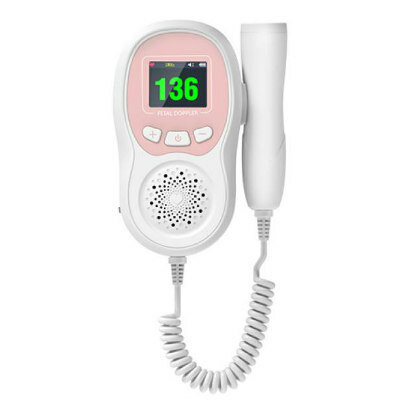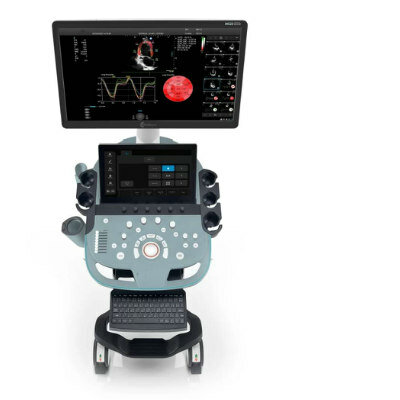Increases in Pediatric Radiation Dose from CT Scans Scrutinized
By MedImaging International staff writers
Posted on 24 Jun 2013
According to a study of seven US healthcare systems, the use of computed tomography (CT) scans of the abdomen/pelvis, head, chest, or spine, in children younger than age 14 more than doubled from 1996 to 2005, and this associated radiation is projected to potentially increase the risk of radiation-induced cancer in these children in the future. Posted on 24 Jun 2013
The study’s findings were published online June 2013 by JAMA Pediatrics. The use of CT in pediatrics has increased over the last 20 years. Children are more sensitive to radiation-induced carcinogenesis and have many years of life left for cancer to develop, according to the investigators. The ionizing radiation doses delivered by the imaging modalities are higher than traditional radiography and are in ranges that have been tied to an increased risk of cancer. “The increased use of CT in pediatrics, combined with the wide variability in radiation doses, has resulted in many children receiving a high-dose examination,” the scientists noted.
Diana L. Miglioretti, PhD, of the Group Health Research Institute and University of California, Davis (USA), and colleagues quantified trends in the use of CT in pediatrics in addition to the associated radiation exposure and estimated potential cancer risk using data from seven US healthcare systems.
The investigators noted the use of CT doubled for children younger than five years old and tripled for children five to 14 years of age between 1996 and 2005 before remaining stable between 2006 and 2007 and then starting to decline. The projected lifetime attributable risks of solid tumors were higher for younger patients and girls than for older patients and boy. The risks were also higher for patients who underwent CT scans of the abdomen/pelvis or spine than for patients who underwent other types of CT scans, according to the results.
The estimates also suggest that for girls, a radiation-induced solid cancer is projected to potentially result from every 300 to 390 abdomen/pelvis scans, 330 to 480 chest scans, and 270 to 800 spine scans, depending on age. The potential risk of leukemia was highest from head scans for children younger than five years of age at a rate of 1.9 cases per 10,000 CT scans, the results show.
The researchers estimate that 4,870 future cancers could be caused by the four million pediatric CT scans conducted yearly. The authors, based on their calculations, also suggest that reducing the highest 25% of doses to the median may prevent 43% of these cancers.
“Thus, more research is urgently needed to determine when CT in pediatrics can lead to improved health outcomes and whether other imaging methods [or no imaging] could be as effective. For now, it is important for both the referring physician and the radiologist to consider whether the risks of CT exceed the diagnostic value it provides over other tests, based on current evidence,” the study authors concluded.
Related Links:
University of California, Davis














